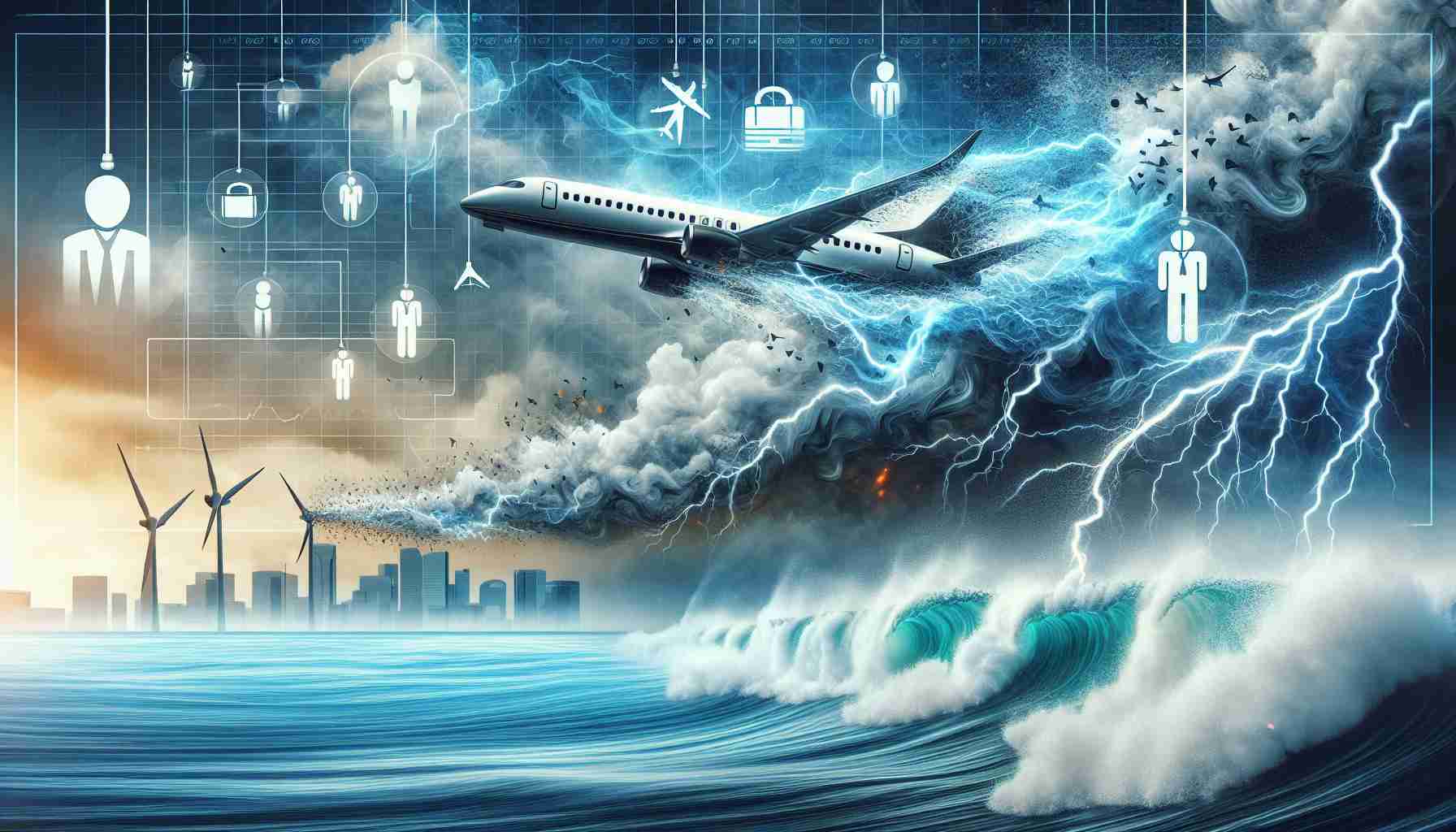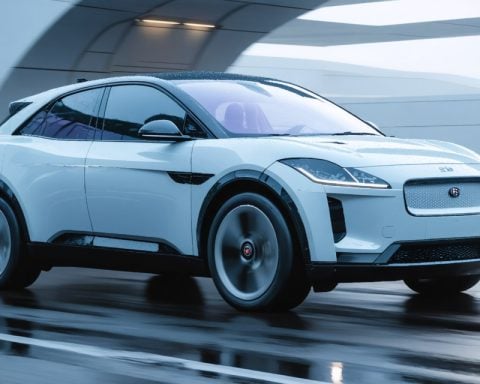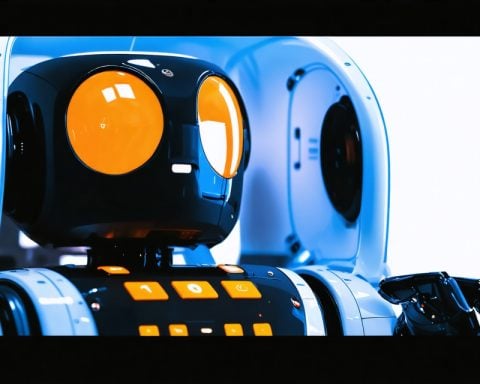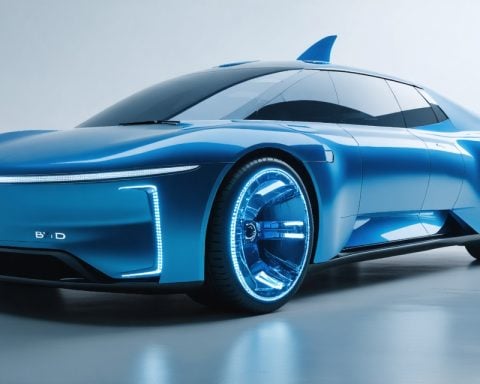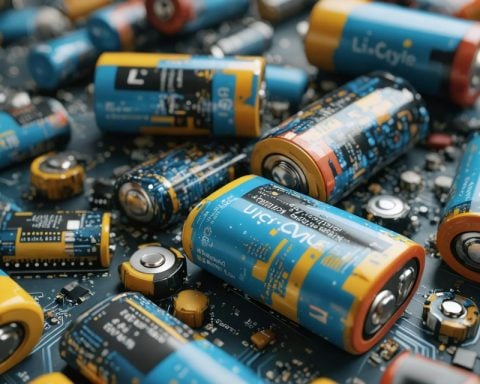- Eviation, a leader in electric aviation, has announced significant layoffs, raising concerns about the industry’s future.
- Challenges include high research and development costs and regulatory barriers, leading to financial strains for the company.
- Layoffs could slow down innovation in the electric aviation sector, affecting the progress of eco-friendly aircraft like Eviation’s Alice.
- The situation highlights the importance of public and private sector collaboration for sustainable funding and support.
- Eviation’s challenges provide lessons on balancing innovation with economic realities in the pursuit of greener aviation solutions.
In a surprising move, Eviation, the pioneering company at the forefront of electric aviation, has announced significant layoffs. This development raises concerns about the viability and future of the electric aviation industry, a sector poised to revolutionize air travel.
Factors Behind the Layoffs
Eviation’s decision to downsize its workforce comes amid rising challenges in scaling electric aircraft technologies. According to industry insiders, the high cost of research and development, coupled with regulatory hurdles, may have led to financial strains, culminating in these layoffs. As a pioneer, Eviation faces intense pressure to deliver on its promises of eco-friendly aircraft while navigating the complexities of a nascent market.
Impact on Innovation
The layoffs at Eviation could have far-reaching implications for innovation in the electric aviation sector. The company, known for its innovative Alice aircraft, has been a trailblazer, setting benchmarks for zero-emission flights. Reduced manpower could potentially slow down the pace of innovation, affecting not only Eviation but also setting a cautionary tone for other startups in the industry.
Looking Ahead
While the layoffs at Eviation may seem like a setback, they also underscore the volatile path of pioneering technologies. Industry experts suggest that for electric aviation to thrive, there might be a need for collaborations between public and private sectors to ensure sustained funding and regulatory support. As the aviation industry seeks greener solutions, Eviation’s current challenges could serve as valuable lessons in balancing innovation with economic realities.
Will Electric Aviation Weather the Storm? What Eviation’s Layoffs Mean for the Future
Market Forecasts and Trends
The electric aviation industry is projected to grow rapidly, with forecasts suggesting that the market could reach a valuation of over $22 billion by 2030. Despite current setbacks like Eviation’s layoffs, demand for eco-friendly air travel is likely to drive continued investment and interest in the sector. This growth is largely supported by advancements in battery technology, increasing environmental regulations, and a consumer shift towards sustainable travel options.
Challenges and Controversies
One of the main challenges in the electric aviation industry is the high cost of development and the lengthy timelines involved in meeting regulatory approvals. There’s also controversy over the environmental impact of battery production, which some argue could offset the benefits of zero-emission flights. Moreover, there’s an ongoing debate on how electric propulsion systems can be scaled for larger aircraft beyond small commuter planes.
Predictions for Innovation
In light of these challenges, experts predict that future innovations in electric aviation will largely depend on increased collaboration. This includes partnerships between tech companies, aircraft manufacturers, and governments to streamline regulatory processes and enhance research capabilities. Additionally, the integration of alternative energy sources, such as hydrogen fuel cells, is expected to complement battery technology and potentially lead to breakthroughs in electric aviation.
Important Questions and Answers
1. What are the top benefits and limitations of electric aircraft compared to traditional aircraft?
Electric aircraft offer significant environmental benefits due to zero emissions and lower noise levels. However, they currently have limitations in terms of range, speed, and payload capacity compared to traditional aircraft. This limits their use primarily to short-haul flights, although ongoing research aims to overcome these constraints.
2. How does Eviation’s setback impact the overall electric aviation market?
While Eviation’s layoffs highlight the industry’s challenges, they also emphasize the need for increased cooperation and sustainable business models. It serves as a reminder of the financial and technical hurdles that must be addressed for long-term success, potentially inspiring more strategic alliances in the industry.
3. What innovations are on the horizon for the electric aviation industry?
Innovations in battery chemistry, energy density, and alternative energy sources like hydrogen are key focus areas. The development of hybrid-electric propulsion systems and improvements in aircraft design for better aerodynamics are also expected to drive the next wave of innovation, broadening the applicability of electric aircraft.
For more insights into the electric aviation industry, please visit link name and explore what’s next in green air travel.
